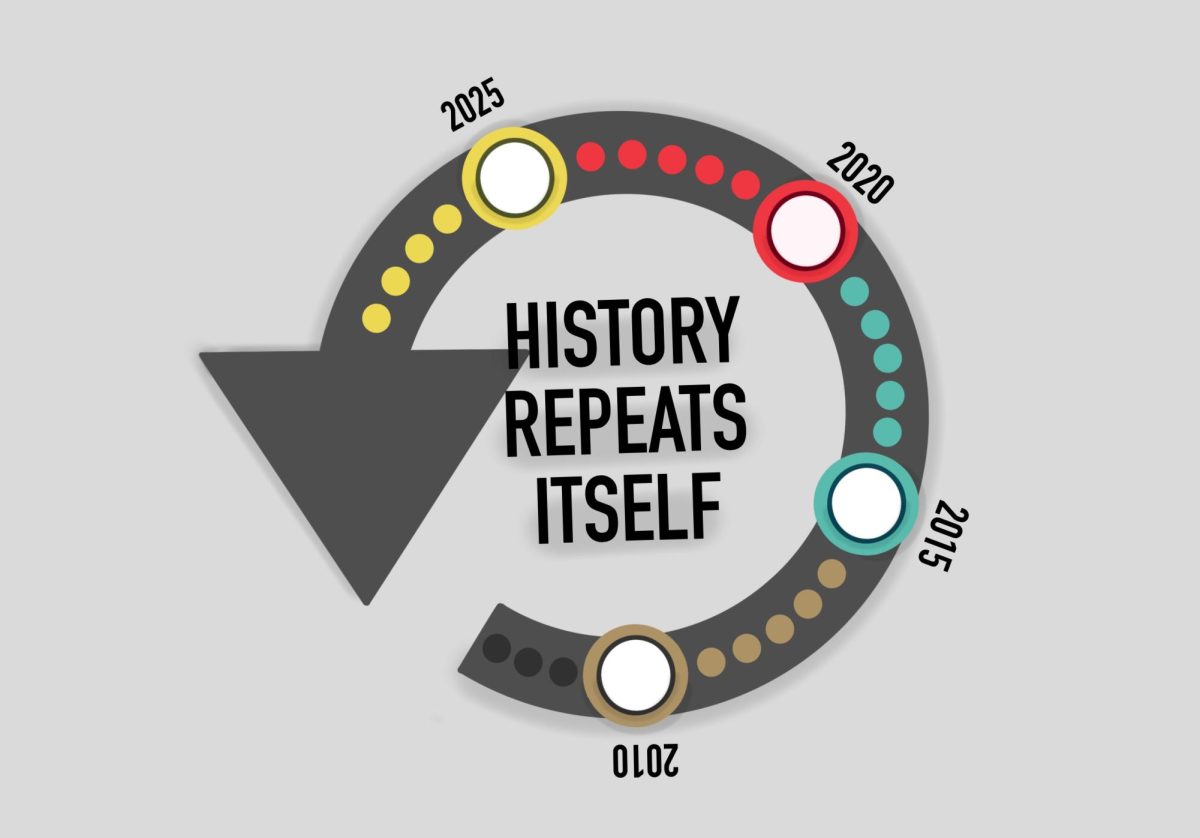To follow up on my previous piece about fitness trackers, I spoke with William Roberts, a family medicine and community health professor at the University of Minnesota, about fitness trackers in a clinical setting. He had some harsh realities to share.
Fitness trackers can be a helpful tool for tracking activity, food intake and basic health parameters over time. Despite this convenience, fitness trackers are not always useful to doctors trying to encourage healthy habits in a clinical setting, Roberts said in an email to the Minnesota Daily.
While fitness trackers can have several benefits, Roberts said habit-building is likely not one of them. “I am not convinced the devices change behavior. My impression is that active people want to keep track of what they do and inactive people are not particularly interested,” he said.
Roberts himself uses fitness tracking: the app MapMyFitness by Under Armour. This app uses the built-in GPS technology in your phone to track the distance, route and speed of activities like running, walking and cycling.
In line with his personal fitness tracking choices, Roberts said, generally, fitness trackers are most useful for logging distance and time related to activity. However, fitness trackers and all of their colorful features may not be enough to get everyone up and moving. Roberts said, while he does encourage some of his patients to use fitness tracking features on their devices, it isn’t a one-size-fits-all solution.
“Most of my patients have a mobile phone that has an activity tracker embedded in it, and I encourage my patients to use them if it helps or motivates them to exercise, but I do not want to create a barrier to activity by asking patients to use the devices,” Roberts said.
Roberts suggested that a financial incentive in the form of discounted health insurance might be more effective than fitness trackers in getting people to form more healthy and active habits. With health insurance costs these days, I can believe that activity tracking and increasing your step count for a discount would be enticing.
Aside from tracking exercise, fitness trackers are capable of tracking your sleep patterns and how long you are sedentary during the day. Some can even calculate “stress management scores.”
Roberts said he is far more interested in getting people up off the couch than tracking their exercise, and while he is not deeply familiar with the stress management scores offered on the Fitbit platform, he is willing to support it if it helps people manage their stress and mental health.
In terms of clinical usefulness, fitness trackers’ heart monitoring features are much more attractive to Roberts.
“You can get trackers that will record your heart rhythm and produce a high-quality image that is on par with the medical device that I can order for patients,” Roberts said. He added that, in some cases, these fitness tracking devices are also a cheaper option.
Roberts said some of his patients have been able to catch instances of atrial fibrillation, or irregular heart rhythm, using these features in fitness trackers. This is a big deal. So much so, that he has an upcoming academic manuscript on the subject of cardiac rhythm diagnosis in wearable technology, which is not yet in press.
This is on par with what I mentioned in my previous piece about health-tracking devices being capable of cutting some costs in the clinical setting. A cheaper way to get good cardiac monitoring data also has the potential to remove some of the cost-related hesitations in seeking these types of medical testing: a win for both patient and doctor.
Roberts said because there are significant benefits to increasing activity, the goal—encouraging healthy habits—is more important than the strategy. “Inactivity is linked to every noncommunicable disease, and anything that gets people off the couch is a huge plus for public health,” he said.
It’s true. A paper published in Annals of Clinical and Laboratory Science in 2012 describes that a sedentary lifestyle can lead to “disuse syndrome,” which can lead to premature aging, obesity, cardiovascular problems, musculoskeletal fragility, depression and more.
This paper also noted the earlier you increase physical activity in your life, the more likely you are to see the benefits as you age if you maintain those habits.
It appears strapping on a smartwatch is not an easy shortcut to health and fitness. But, it is still essential that you find a way to maintain healthy fitness levels through a means that works for you. The quality of your middle age and elder years depends on it.
Would you like Allison to follow up on this topic or explore something specific? Contact her at [email protected] with questions, comments or story ideas.














